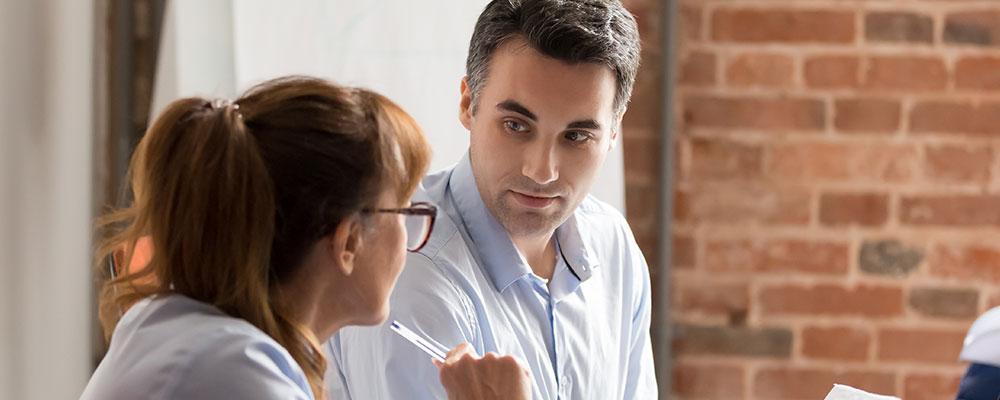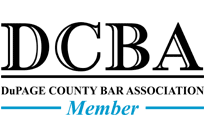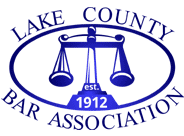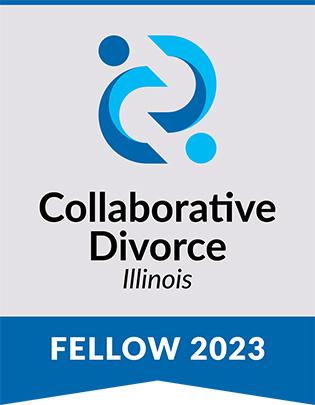110 E. Schiller Street, Suite 320, Elmhurst, IL 60126
 312-605-4041
312-605-4041
Collaborative Law Attorney, Elmhurst, Illinois

Chicago Collaborative Divorce Lawyers
Collaborative divorce is a relatively new process, offering a non-adversarial procedure in which both spouses are committed to working out their divorce without any court intervention. Collaborative divorce was “created” in 1990 by Minnesota attorney Stuart Webb. Webb spent years in court alongside clients with seemingly unmanageable divorce issues. Tiring of this process, Webb flatly refused to go to court for his divorcing clients ever again, making a vow to negotiate those issues outside the courtroom. Time passed, the movement grew, and the collaborative divorce process became official in Illinois.
The attorneys at Weiss-Kunz & Oliver, LLC recognize that divorce encompasses fragile emotions and personal relationships. As such, we are committed to helping divorcing couples find the method of divorce that will work best for their particular situation. Collaborative law may be right for you and your spouse if you desire to have an amicable dissolution, but you require legal help and advocacy to aid you in creating the right settlement.
The Benefits of Collaborative Divorce
Collaborative divorce can be financially and emotionally easier on all those involved than a traditional divorce or even a mediated divorce. Multiple court appearances and some of the more painful conflicts are virtually eliminated. The cost of a collaborative divorce is usually substantially less than a litigated divorce because the parties are able to complete discovery (the exchange of financial information) in mere weeks and months, as opposed to over the course of 1-2 years, as can be the case in traditional litigation. Further, in most cases the collaborative divorce process is much quicker than traditional litigated divorce.
In Illinois, collaborative divorce involves a team of professionals that work together with the parties so as to help the divorcing couple seek resolution of their issues. At a minimum, each couple retains an attorney certified to practice collaborative law. But when the process of collaboration is working at its full capacity, in addition to their respective attorneys, each spouse may have their own Divorce Coach, a shared neutral Financial Specialist, and a shared Child Specialist if children are at issue. This group encompasses the "Collaborative Team" and is why the collaborative process is considered a team effort.
One reason that collaborative divorce is growing in popularity, especially among lawyers, is because it empowers the individual—the divorcing parties—to make their own decisions about custody, support, dividing property, paying for college, voiding a premarital agreement, and so on, instead of a judge. The collaborative team aids the couple in problem solving, helping them formulate a settlement and reality testing decisions that would otherwise be brought to a judge. The attorneys provide their respective clients' guidance and advice in making settlement offers and the legal effect of those offers, however, the final decision rests in the hands of the clients and is not left to a judge. The attorneys still act as advocates for their clients, but instead of basing their arguments on positions (i.e., a spouse wants maintenance), they voice their negotiations in terms of their client's needs and interests (i.e., a client needs enough money to live after the divorce is final). Thinking outside of the box applies in almost every collaborative divorce process.
The Difference Between Uncontested Divorce and Mediated Divorce
Some mistake collaborative divorce with uncontested divorce or mediated divorce. This is not correct. If no issues are contested, then neither party needs an advocate. Little to no advocacy by a lawyer is required in uncontested divorce. The team of professional help available in collaborative matters is not necessary in an uncontested divorce because the parties already have agreed on how to split the pie. They may require the assistance of legal professionals for the purpose of drafting their agreement and reviewing its conscionability, but so long as the agreement is conscionable, no further input is required. In contrast to uncontested cases, in collaborative cases, the parties rarely enter the process in agreement on how to resolve every issue. What they do enter the process with is a shared understanding that it is better to work out the issues between themselves through a series of settlement conferences, no matter how difficult, rather than leaving these decisions up to a judge.
The core elements to collaboration are keeping the divorce out of the courthouse until you are ready to finalize your matter, considering which team members will benefit you, and agreeing to honest disclosure of your property. The only time the parties will stand in front of judge is at the final court appearance, called the Prove Up. All issues are resolved prior to ever putting the case on file with the Clerk of Court through a series of four-way conferences between the divorcing couple and their attorneys; three-way conferences between the divorcing couple and their financial specialist and or child specialist; and one-on-one meetings between the attorneys with their respective clients, to fine-tune settlement and drafting. Different combinations of these conferences may apply depending on the situation. For example, a quiet-spoken client may ask their Divorce Coach to sit in on a conference with the attorneys and the other party to help them voice their needs and interests.
The attorneys are not permitted to litigate any contested issues in a collaborative divorce. In the event that the parties are not able to reach a settlement, the facts, issues, and discovery disclosed during the collaboration are not to be used in future litigation.
Since a divorce is an ending, yet a new beginning, collaborative divorce allows each spouse to state their needs clearly as far as moving forward. If there are children involved, the future of those children becomes the top priority in the collaborative process. As a whole, a collaborative divorce is simply a more respectful process than a traditional divorce. For the process to work, however, each party’s lawyer must understand and be committed to the principles of collaborative law.
Collaborative attorneys must have well-honed skills and specific certified training in guiding negotiations and managing conflict in order to hold themselves out as part of the collaborative community. Attorney Maxine Weiss Kunz is certified to practice collaborative law in Illinois, a member of the Collaborative Law Institute of Illinois, and a certified mediator through the Center for Conflict Resolution and the Cook County Courts.
Mediated Divorce vs. Collaborative Divorce
Many people are under the impression that a collaborative divorce and a mediated divorce are one and the same; however, there are a number of important differences. A non-attorney mediator is not allowed to give legal advice or advocate for either side, and in the state of Illinois, it is generally considered unethical for a mediator to draft the documents necessary for a couple to obtain a divorce. The mediator may draft a Memorandum of Understanding, but not the final decree to be entered with the Court. During a collaborative divorce, both parties have their own attorney who is always present during negotiations, and settlement is their top priority.
The attorneys of Weiss-Kunz & Oliver, LLC can assist you with your collaborative divorce. We put the tools garnered through years of working for one of the top family law firms in the Chicago area to work for the best interests of our clients. Contact Weiss-Kunz & Oliver, LLC today regarding your collaborative divorce.




















